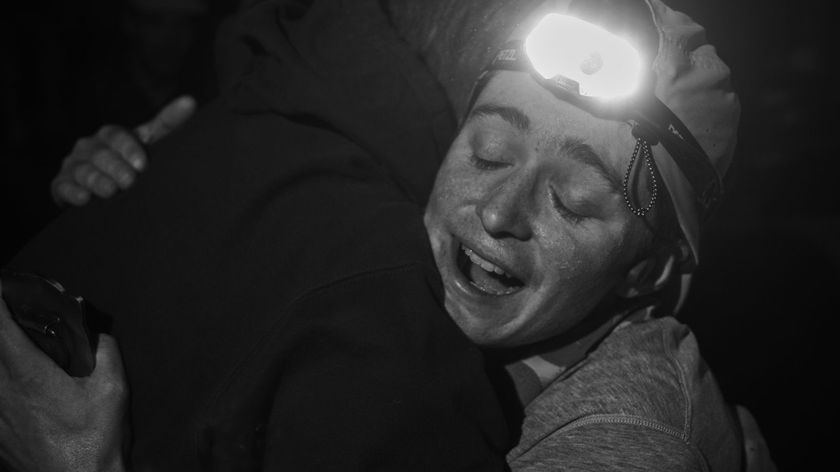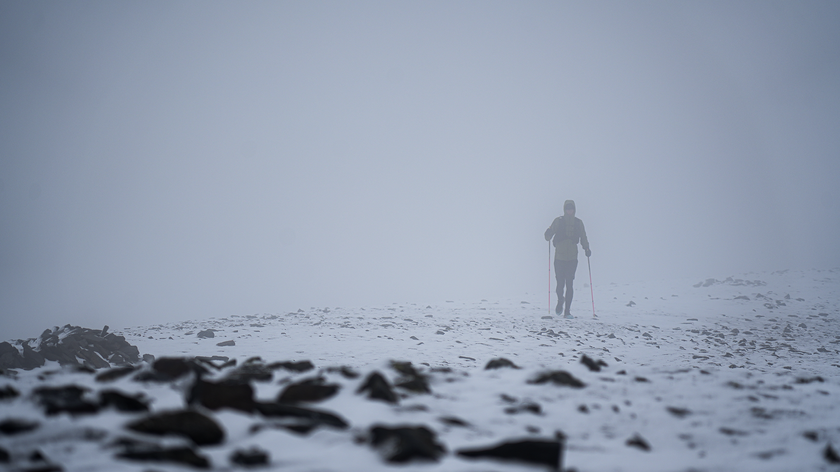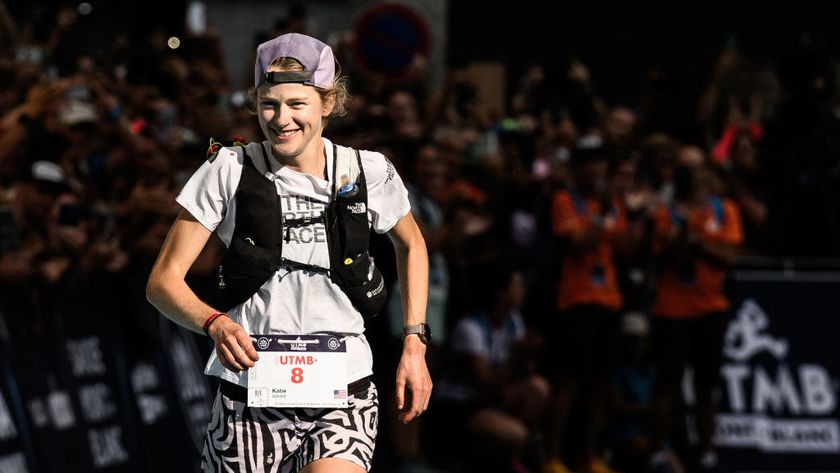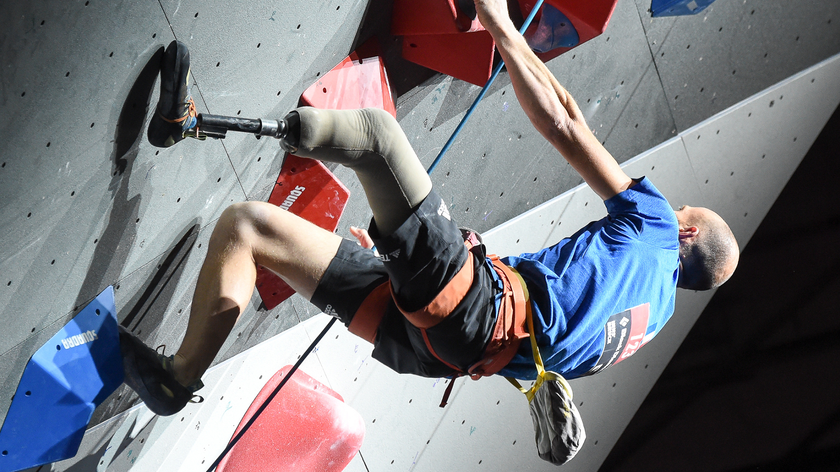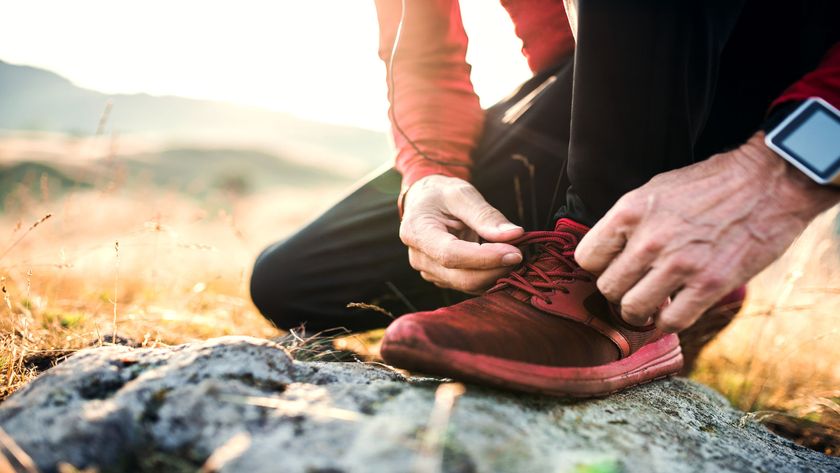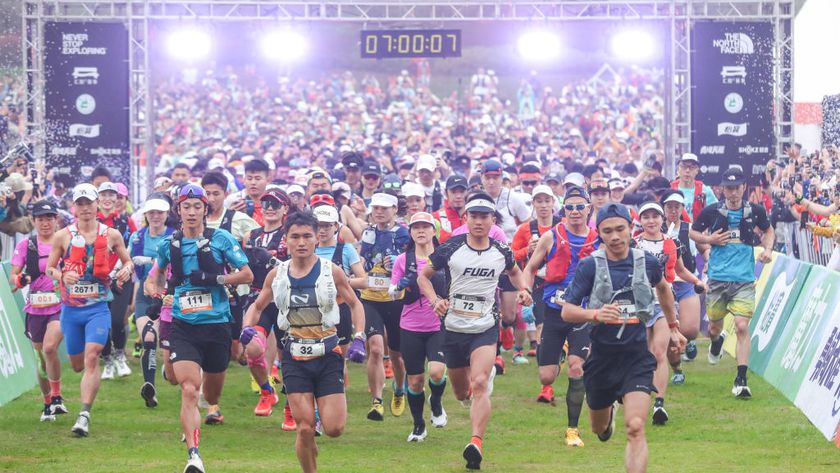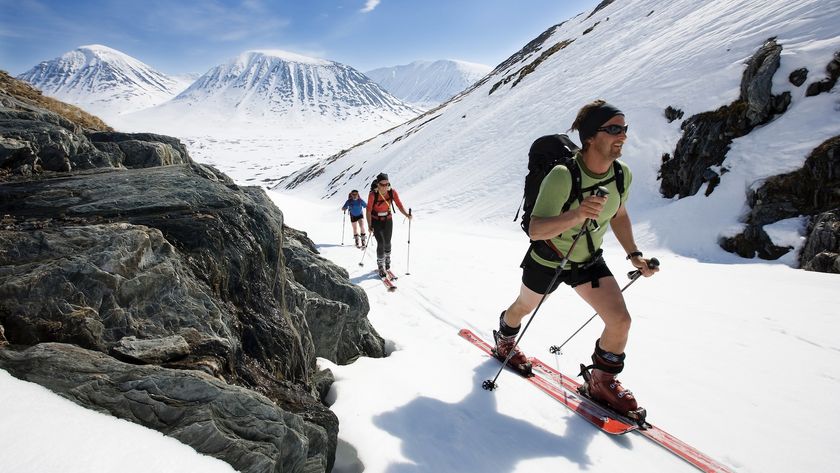What is ‘drop’ in running shoes?
What is ‘drop’ in running shoes? Everything you need to know about low, regular and high drop in road and trail running footwear
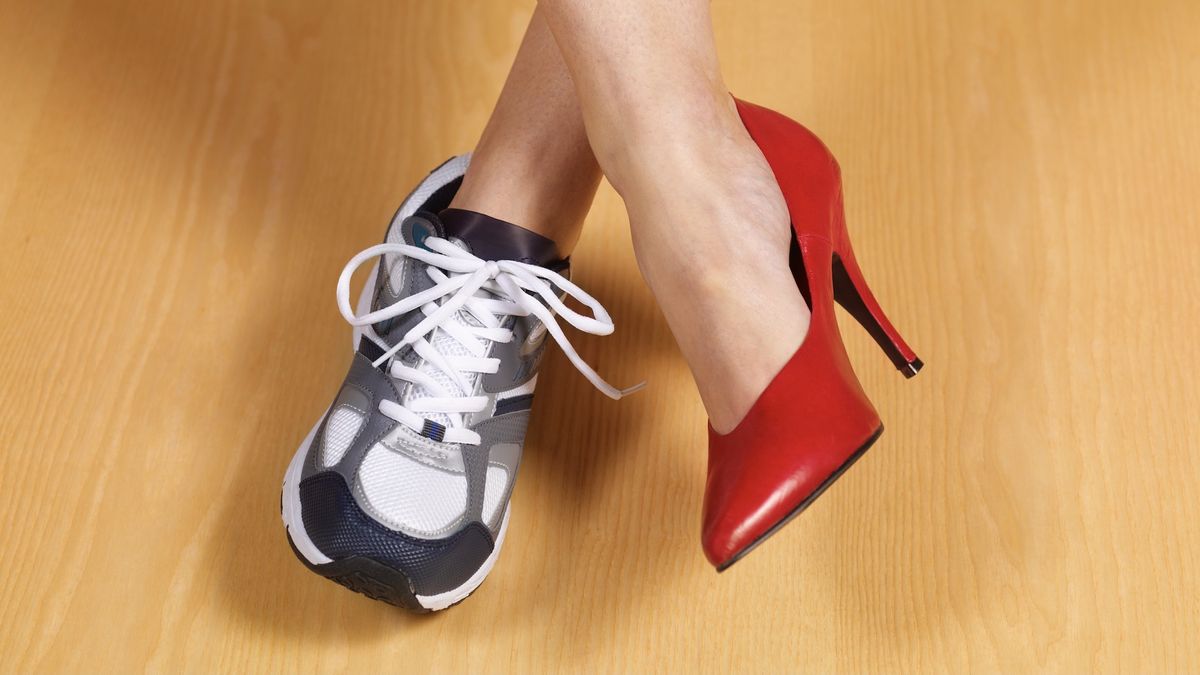
Size, width, brand, trail, road and “drop” are all factors to consider when buying new running shoes. While most details are fairly obvious, what is "drop" in running shoes, exactly?
Put simply, the drop of a road running or trail running shoe is the difference in height between the heel and forefoot (or toe). The greater the “drop”, the steeper the angle will be between your heel and forefoot the wearing the shoe.
So at the lowest end of the scale, a drop of 0 (or "zero drop") is a flat running footwear, such as the best barefoot running shoes. The drop of a shoe then increases in increments, usually in millimetres, through 3mm, 4mm, to 6mm and up to 10mm and 12mm etc. As a fruitier example, a high heeled shoe will have a large drop from heel to forefoot.
Runners will each have a preference for what drop they like in their best running shoes. However, the drop of a running shoe should also be chosen carefully to suit your particular gait.
The drop of a shoe should feel comfortable but if it is not the right one to suit your natural stride it could end up forcing you to run with a different gait or foot strike and that could lead to injury (see: Trail running injuries). The wrong drop may increase the stretch and stress on muscles and tendons.

Are you a heel or forefoot striker?
If you already feel comfortable in a running shoe, check the drop (you might need to look on the brand website to see what drop you have) and then stick to this with the next running footwear purchase.
Generally speaking, a 6mm drop or more is referred to as “regular drop” and this is recommended for runners whose feet meet the ground with the heel first. This is what most people do naturally.
Advnture Newsletter
All the latest inspiration, tips and guides to help you plan your next Advnture!
A running shoe with less than a 6mmm drop is for people who have a gait where the forefoot or midfoot strikes the ground first. These shoes might be referred to as “low drop” or “barefoot”.
There are also running footwear designs with high drops of 10mm and above.

How to work out your natural stride
The best method for discovering the right running shoe drop for you is to have a gait analysis session, which is usually carried out on a treadmill. Many sports shops offer these. The analysis uses sensors attached to the feet and then this is filmed with a slow motion video camera.
Measurements are taken and the film is assessed to give you an accurate understanding of when your foot strikes the ground while running. You will then know whether you are a heel striker or a forefoot striker.
'Drop' is different to sole thickness
The thickness of a running shoe sole isn’t an indicator of the drop. There are shoes, such as Hoka One One, with very thick soles (see: Anatomy of a trail running shoe). These offer good cushioning. However, it is possible for a shoe to be designed with a thick sole yet have very little difference between the drop from heel and forefoot. Likewise, a thick sole can also have a drop of more than 6mm built in.
When looking at barefoot running shoes, you do generally get what you see. Most natural or barefoot running footwear has very little drop and the soles will not be thick or cushioned.
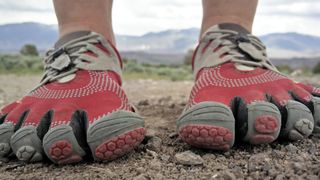
Is there a reason to adapt to different drops?
There was a time in the not so distant past when barefoot running was highly recommended for runners. The theory is that we all start life walking barefoot and this is "naturally" better for performance. Some runners do believe that their best running results come from a more natural style of running. However, this is not the case for all.
Another theory reveals how most of us spend our lives in structured and supportive shoes and that when we try to walk or run barefoot-style it causes big changes in gait, muscles, ligaments and balance.
If you are keen to try a more natural form of running, it is important to build up – in fact, build “down” – to a lower shoe drop. If you simply go out and run your usual distances with a new zero or low drop, the chances are your body will complain.
At best, you will end up with sore leg muscles but at worst you may cause longer term injures. The way to move form higher drops to lower drops is incrementally. You could try the more expensive method of buying running footwear with increasing lower drops, or try running short distances in a more natural shoe and build up the mileage carefully.
It is a fact that some people – many people – will always run in a shoe with a regular drop because tighter muscles and tendons make this design of shoe much more comfortable.

Fiona Russell is a widely published adventure journalist and blogger, better known as Fiona Outdoors. She is based in Scotland and is an all-round outdoors enthusiast with favorite activities including trail running, mountain walking, mountain biking, road cycling, triathlon and skiing (both downhill and backcountry). Aside from her own adventures, Fiona's biggest aim is to inspire others to enjoy getting outside and exploring, especially through her writing. She is also rarely seen without a running skort! Find out more at Fiona Outdoors.

